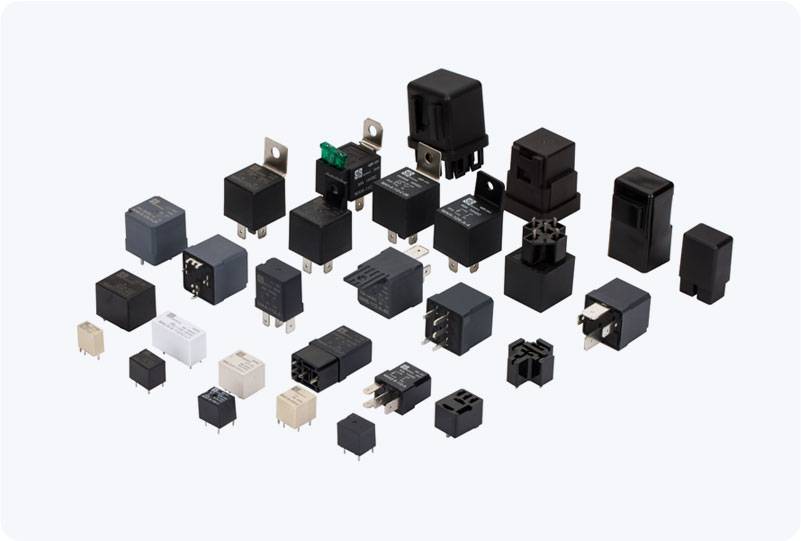Water valves are indispensable components in both residential and industrial water systems, playing a pivotal role in controlling the flow of water through pipes and pipelines. These valves, which come in various types and designs, allow users to regulate water pressure, prevent backflow, and ensure the efficient distribution of water. In this article, we will explore the different types of water valves, their functions, and their significance in water management systems.

What is a Water Valve? A water valve is a mechanical device used to control the flow and pressure of water within a pipe or system. Valves can either stop, start, or modulate water flow, and their usage is essential in plumbing, irrigation, fire suppression systems, and industrial applications. Valves are typically made of materials such as brass, stainless steel, or PVC to withstand water pressure and corrosion over time. Types of Water Valves There are several types of water valves, each designed to perform specific functions. The most common types include: Ball Valve: Ball valves are one of the most widely used types of water valves. They feature a spherical ball with a hole in the middle that can rotate to control the flow of water. When the valve is fully open, the ball aligns with the pipe, allowing water to flow freely. When the valve is closed, the ball rotates 90 degrees to block the flow. Ball valves are known for their durability, ease of use, and quick response, making them ideal for applications requiring frequent shutoff.